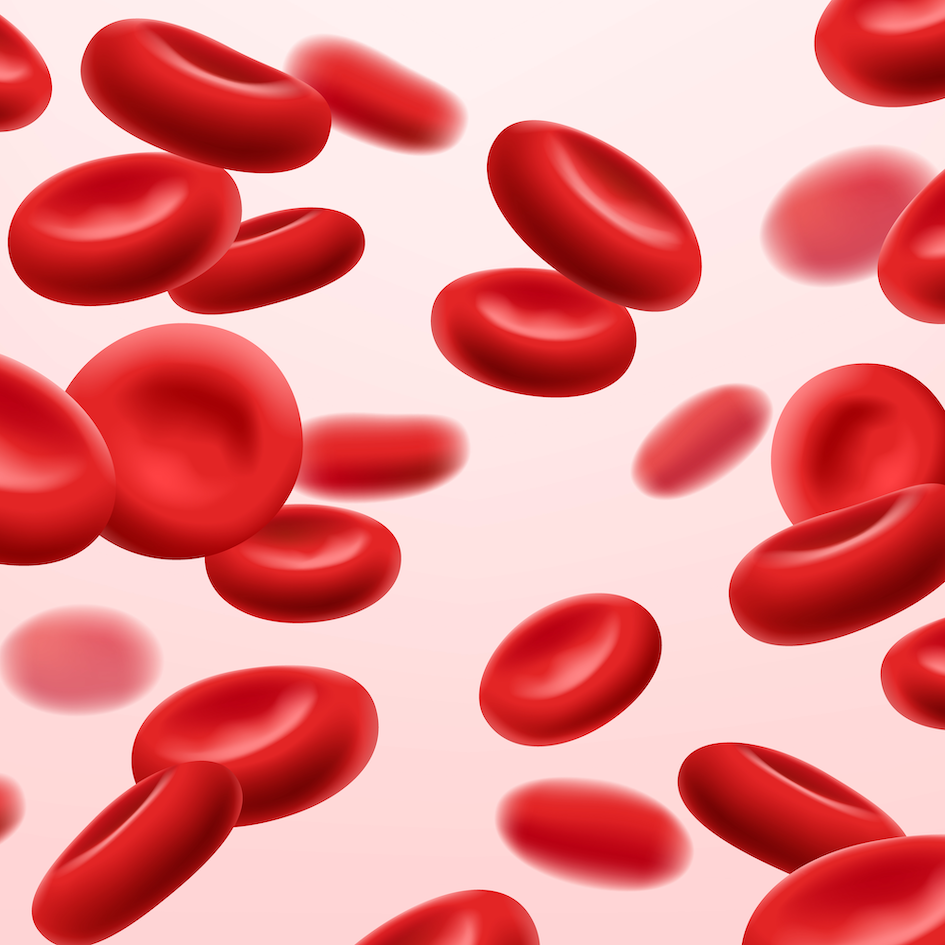 Should you eat less red meat? Why or why not?
Should you eat less red meat? Why or why not?
The latest study on red meat and health concluded that the potential health benefits of reducing red meat are too small, and the strength of evidence too weak, to justify current dietary recommendations.
Health experts around the world are pushing back, calling these conclusions “reckless” and “irresponsible”. What’s going on?
Beneath the headlines, the latest study reads like a familiar story…until the last chapter. It turns out that the debate is in large part about the bigger question of how we should approach dietary guidelines.
What type of studies were done?
The news headlines stem from a collection of five meta-analyses – studies that analyze existing data, in order to summarize overall trends [see lead research article by Johnston, BC et al]. The five studies were limited to human data, and included many large observational studies as well as one randomized controlled trial. Each study compared rates of disease and death from common conditions (cancer, cardiovascular disease, and diabetes) in those who consumed more red meat (either processed or not) to those who consumed less red meat.
What did they find?
In many ways, the findings were familiar: those who ate less red meat tended to have a lower risk of disease and death.
Greater red meat intake was consistently linked to higher overall death rate, cardiovascular death rate, and risk of type 2 diabetes. In most cases, the risk reduction was on the order of 10%-15% lower for substantial dietary changes (e.g cutting back red meat consumption by three portions per week). Whether or not this benefit is “small’ depends on your perspective.
The most notable divergence from past reviews was in the link between red meat and cancer. The link was much weaker than I (and others) expected, and only showed up between processed red meat and overall cancer. It was particularly surprising not to see support for a link to colorectal cancer – even for processed red meats.
How Did The Authors Evaluate the Quality of Evidence?
The authors used the GRADE framework for ranking evidence, one that was developed for clinical decision making. This framework ranks all observational studies, in which we observe people’s diets but don’t control them, as “low”. Such studies are, for better or for worse, the bread and butter of nutritional science.
The rationale for this grade is that “correlation does not equal causation”. In other words, associations can’t prove a causal link because confounders might be the real reason for the link. For example, those that eat more red meat may be less healthy because they are less health-conscious in general and may be more likely to smoke, more overweight, etc. We can partially control for these factors using statistical methods, but it’s virtually impossible to do this perfectly.
Same Story, Different Ending
The biggest criticisms of this latest study relate to how they are translated (or not) into dietary recommendations. The three big issues are:
1. Which types of benefits matter? Individual health, public health? Other benefits?
The authors have been criticizes for their lack of consideration for potential public health benefits, as well as their assumptions about the inherent lack of desirability of dietary change.
The authors emphasize the importance of considering changes in absolute disease risk, not just relative disease risk. Indeed, a 10% reduction in disease risk (relative risk) sounds a lot more impressive than a drop from 5% to 4.5% risk. While this distinction is important, it fails to recognize that even small individual risk reductions (e.g. 5 fewer cancer cases out of 1,000) can be very meaningful at a national and global scale. It’s no surprise that organizations with public health interests push hard for even small potential benefits.
Furthermore, the study has come under fire for failing to appropriately consider other implications of food choices (e.g. sustainability and animal welfare). Whether or not these issues are in scope for dietary recommendations is a matter of debate.
2. Which types of data are relevant to dietary recommendations?
The studies have been criticized for their narrow scope. They authors only considered data from human studies, and further limited the studies to trials that met stringent inclusion criteria. While this filter has the upside of avoiding “noisy” data that come with many caveats, the result is an incomplete picture.
Notable excluded data include:
- Eleven human randomized controlled trials that did not meet the inclusion criteria. Many critics feel the authors threw out the baby with the bathwater by excluding these trials. Many of the omitted trials showed significant benefits of lesser meat intake: (e.g. PREDIMED, DASH and The Lifestyle Heart Trial, the Lyon Heart Study).
- Studies comparing vegetarians and meat-eaters.
-
Laboratory and animal studies, which inform potential mechanisms and biological plausibility.
Would a more complete picture have led to different conclusions?
3. How should we evaluate strength of nutritional studies?
In some ways, the proclamation that the evidence was too weak to form the basis for recommendations was a foregone conclusion given the GRADE system. Critics point out that the GRADE criteria were developed for clinical recommendations and are not appropriate for nutritional studies, which have unique limitations.
On one hand, it makes sense to have a single standard for proof, but on the other hand, we must recognize the fact that the gold standard randomized controlled trials that we conduct in drug research are simply not possible in the nutritional world, for a variety of reasons (e.g. inability to blind subjects to their diet).
A popular strategy to overcome this limitation is to examine the totality of the evidence, considering factors such as those famously described by Bradford Hill in 1965 (strength of association, consistency, specificity, temporality, biological gradient, plausibility, coherence, experiment, and analogy). The authors of this study did not take this approach to enhance their evaluation of the evidence.
The Bottom Line
It’s impossible to predict the precise impact of a dietary change. The best we can do is make educated guesses, based on large populations. Given this uncertainty, it’s not surprising that different advisory groups reach different conclusions based on their priorities (e.g. public health vs individual; environment; other) and their views on the appropriate bar for evidence.
If the only dietary change you make is cutting back a bit on red meat, don’t expect any miracles. Yes, there is a long list of potential benefits, but their magnitude is modest at best at the individual level, and the evidence is uncertain.
Your personal story will depend on many factors, including your current health, the types and amounts of red meats you currently eat, how they are prepared, how much you cut back, and what you replace your meat with.
As you contemplate your choice, don’t ignore the elephant in the room. Our food choices impact more than just our personal health. They impact our global footprint, and the lives of the animals we raise for food. In my books, these considerations are just as important, if not more so, than the personal health story.
Last but not least, let’s not forget about I encourage you to fixate less on heroes and villains, and more on healthy dietary patterns, while heeding the major risk factors that we can control (e.g. smoking, alcohol, obesity, stress, and a sedentary lifestyle).
- Learn More: Cancer risk factors (Cancer.org)
If you were in charge of setting dietary recommendations, what would you advise?
Appendix
Other perspectives on the latest meat and health studies:
- The weight of the evidence (Evidence-Based Medicine / Steven Novella)
- Beefs with the red meat study conclusions (World Cancer Research Fund)
- In depth study overview with summary tables (Examine.com)
- Excellent discussion with insight into risk vs hazard and WHO cancer assessment (Skepticalraptor.com)
- BBC digest (James Gallagher)
Five latest studies on meat and health (2019)
-
Zeraatkar D, et al. Effect of Lower Versus Higher Red Meat Intake on Cardiometabolic and Cancer Outcomes: A Systematic Review of Randomized Trials.
-
Vernooij RWM, et al. Patterns of Red and Processed Meat Consumption and Risk for Cardiometabolic and Cancer Outcomes: A Systematic Review and Meta-analysis of Cohort Studies.
-
Zeraatkar D, et al. Red and Processed Meat Consumption and Risk for All-Cause Mortality and Cardiometabolic Outcomes: A Systematic Review and Meta-analysis of Cohort Studies.
-
Han MA, et al. Reduction of Red and Processed Meat Intake and Cancer Mortality and Incidence: A Systematic Review and Meta-analysis of Cohort Studies.
-
Valli C, et al. Health-Related Values and Preferences Regarding Meat Consumption: A Mixed-Methods Systematic Review.





